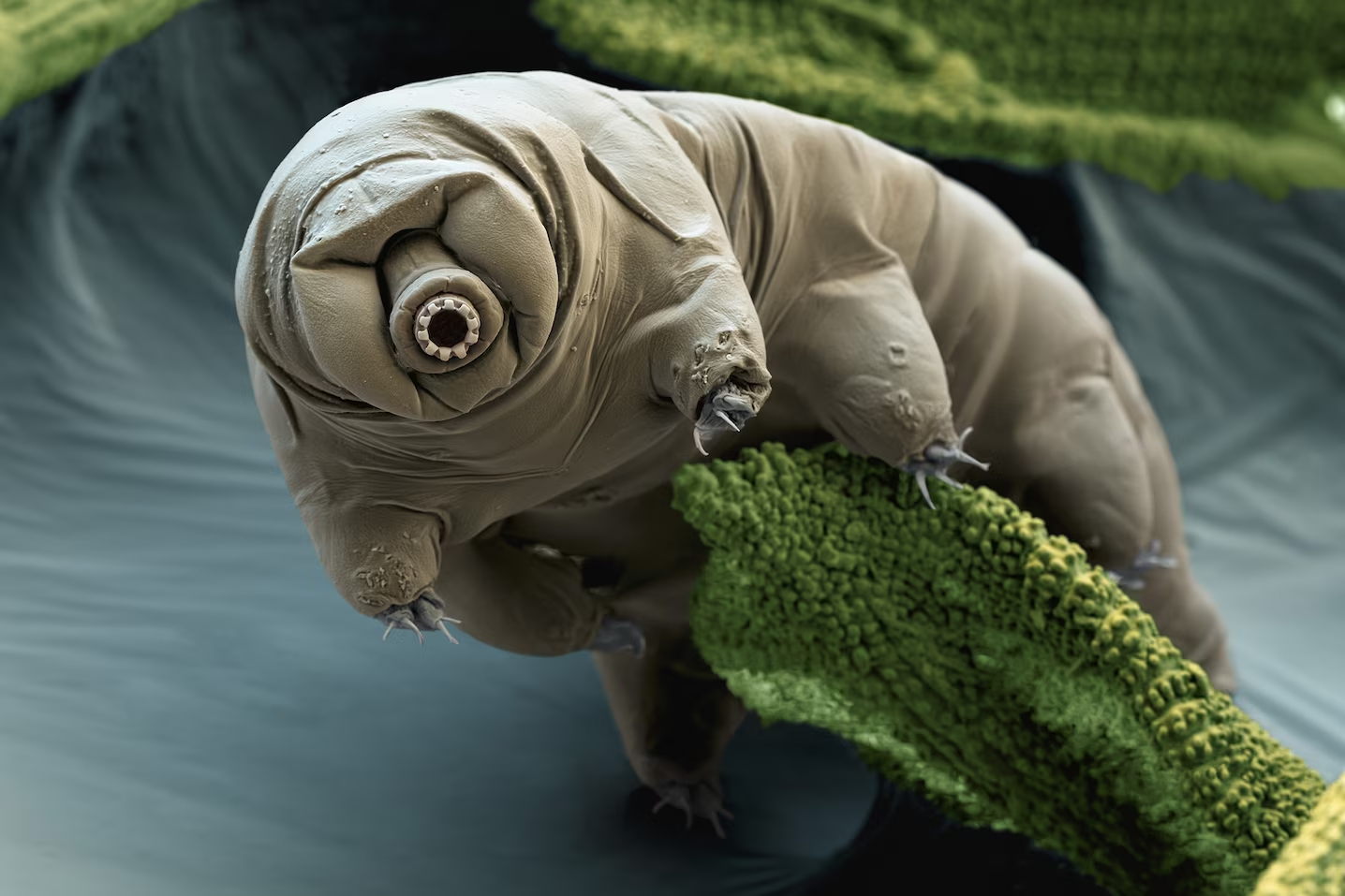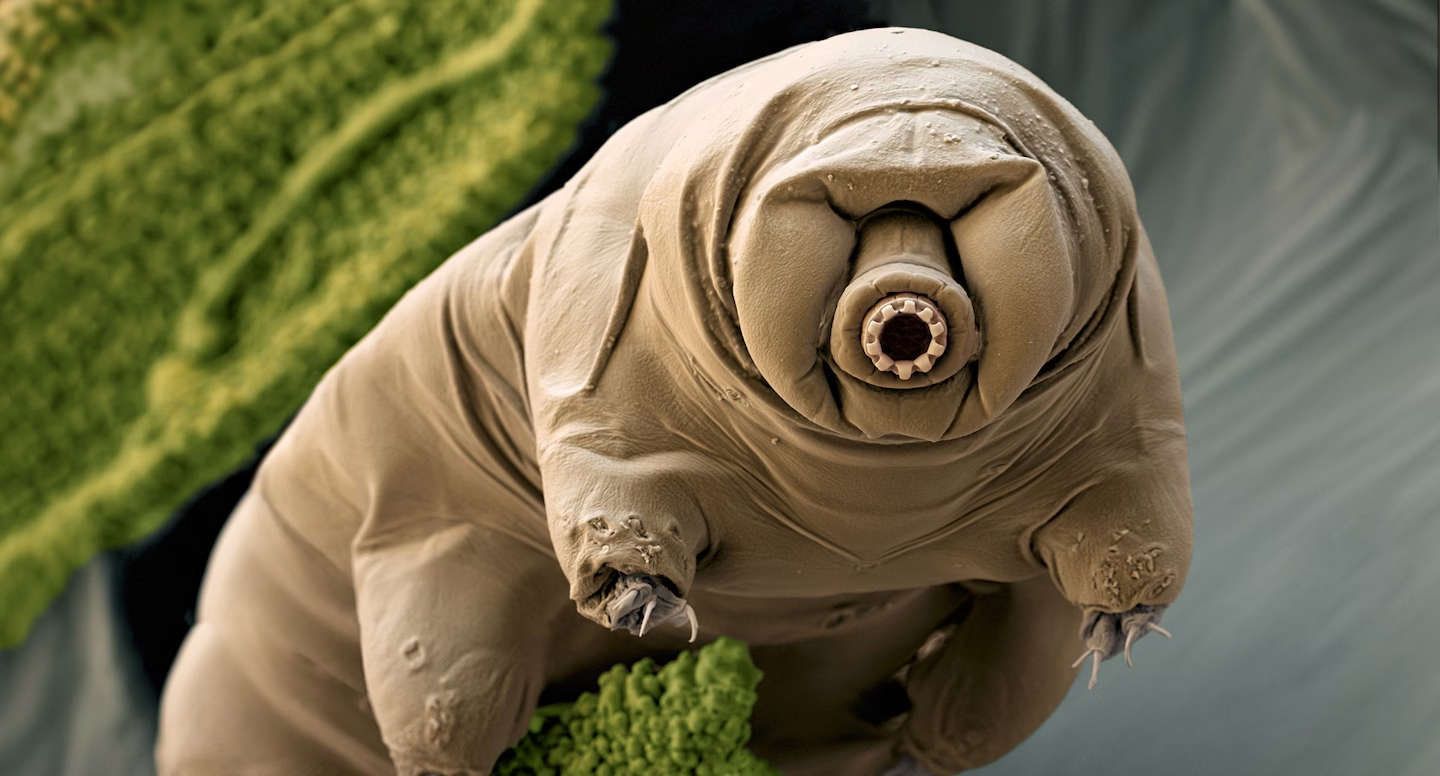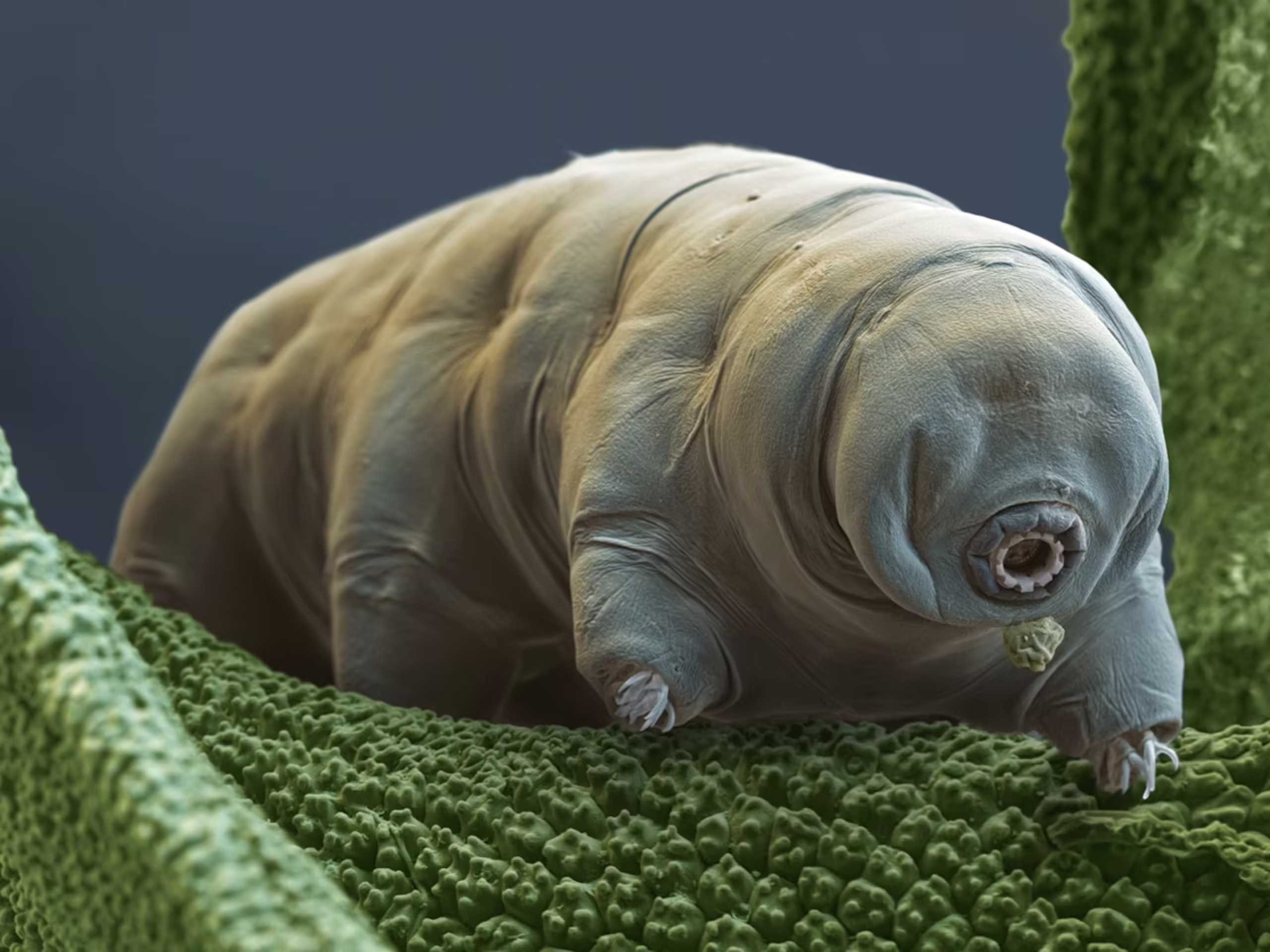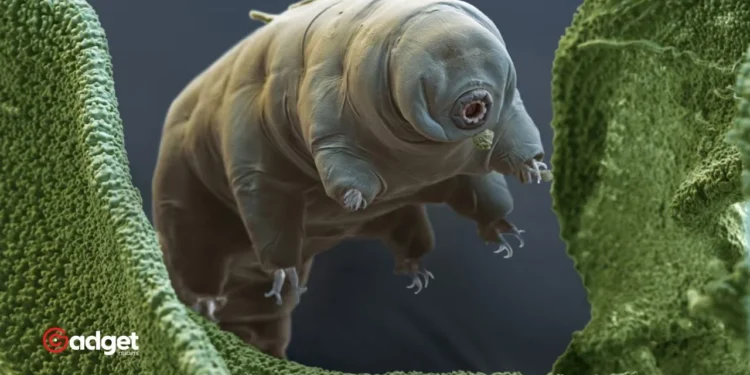In an age where the durability of life on Earth is tested by cataclysms both terrestrial and extraterrestrial, scientists have identified one unlikely champion of survival—the tardigrade. This near-microscopic creature, often overlooked and underappreciated, might just be the last Earthly resident in the scenario of a global apocalypse.

Uncovering the Toughest of All
The revelation comes from a comprehensive 2017 study conducted by researchers at the University of Oxford and Harvard University. Delving deep into the resilience of life forms under extreme astrophysical events, this research disregarded the more familiar dangers like wildfires or nuclear wars, and instead focused on catastrophic phenomena capable of sterilizing a planet, such as supernovae, gamma-ray bursts, and massive asteroid impacts.
“Although nearby supernovae or large asteroid impacts would be catastrophic for people, tardigrades could be unaffected. Therefore, it seems that life, once it gets going, is hard to wipe out entirely. Huge numbers of species, or even entire genera may become extinct, but life as a whole will go on.”

Meet the Tardigrade: More than Just a Water Bear
The tardigrade, also affectionately known as a ‘water bear’ or ‘moss piglet,’ boasts a rather unassuming appearance. These creatures are equipped with eight legs and plump bodies, typically sizing up to be nearly invisible to the naked eye. But don’t let their quaint demeanor fool you—tardigrades are practically indestructible.
Tardigrades have garnered a reputation for their extraordinary ability to withstand environments that would be instantly fatal to most other forms of life. They can survive temperatures plummeting to -460°F and soaring up to 302°F, endure extreme pressures, and resist high doses of radiation. Perhaps most impressively, tardigrades can undergo a process known as cryptobiosis, where they expel over 95% of the water in their bodies, effectively halting their metabolic processes and allowing them to hibernate until conditions improve.
Why Tardigrades Matter
In an era defined by significant environmental and extraterrestrial threats, understanding and appreciating the resilience of tardigrades is more than just a scientific curiosity—it’s a testament to the enduring power of life. As Dr. Sloan eloquently put it, these creatures showcase the extreme limits of biological endurance. Their survival capabilities not only fascinate scientists but also provide valuable insights into the potential for life in extreme environments elsewhere in the universe.

Despite their alien-like resilience, tardigrades remain earthbound, humble in their existence, yet unmatched in their ability to withstand the apocalypse. They are a stark reminder that sometimes, the smallest among us are the toughest, holding secrets to survival that humanity can only begin to comprehend.
As we face our own vulnerabilities on this ever-changing planet, the tardigrade stands as a beacon of endurance—a truly worthy winner in the existential battle to outlast cataclysmic events. In the grand narrative of life’s persistence against all odds, the tardigrade is not just a survivor; it is a conqueror, quietly defying the apocalyptic fears that haunt humankind’s collective imagination.










